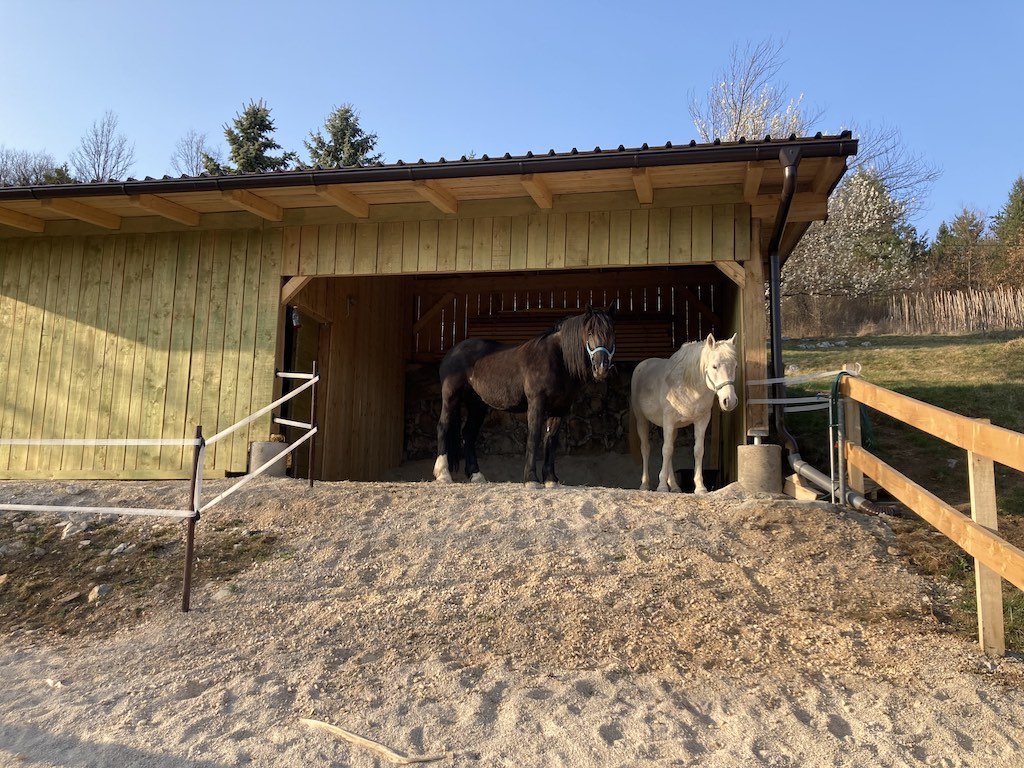Track systems on a small area
With a little effort, small properties can be turned into great track systems. Here are some things to keep in mind.
Track systems work well on small properties too.
In recent years, track systems have become quite popular, as they are a great way to keep horses healthy and happy. Many people are tempted to create their own track system, but are sometimes doubful that their property is big enough. With some effort, a great track system can be created on a very small property. Here are some things to keep in mind.
If you have a bigger property, setting up a track system is as simple as putting up a corridor around the perimiter and placing hay and water stations along the way. On a small property, you might require a bit more planning. Drawing out a plan and thinking about how to best utilize the space you have available will prevent you from making too many mistakes. To make a good plan, observe the property in different conditions. Where does it get the most shade in summer? Where does the water run after a big storm? Which way does the wind blow in from most of the time? These observations will help you in making the best decisions about where to place different structures.
If your property is on a hill, surfacing is even more important.
On a small property, surfacing is really important. Because a smaller track will get more traffic, it will very soon turn into a muddy mess if you don't surface it properly. It might be a big investment in the beginning, but in the long run it will pay dividends. Surfacing will be especially important around the hay stations. The best option is to put down rubber mats or something similar, which helps keep the mud at bay. Your horse's hooves will thank you for it.
Rubber mats around the feeders are a good investment.
Make sure the track is wide enough. With a small property, you might be tempted to make the corridors narrower to save space, but this might be ounterproductive. A track that is too narrow will make the horses feel ill at ease and it creates more opportunities for conflict and injuries. The corridors should never be narrower than 2,5 meters. Don't forget to create bigger areas where the horses can relax and rest. How big those areas need to be will depend on how many horses you're planning on having on the track.
Once you have the track set up, observe how the horses are using it and change it up every once in a while. If there is an area they don't use as often, you can place another feeder there, or maybe some snacks like tree branches or herbs. Changing the position of the water station will also create more movement and keep things interesting. It is possible to get the hrose moving a lot on a small track, if you use your imagination. Implementing a track system does not need to be scary. Sure, it takes some planning, but it can be as simple or as complicated as you want to make it.
Track systems help keep horses happy and healthy.



